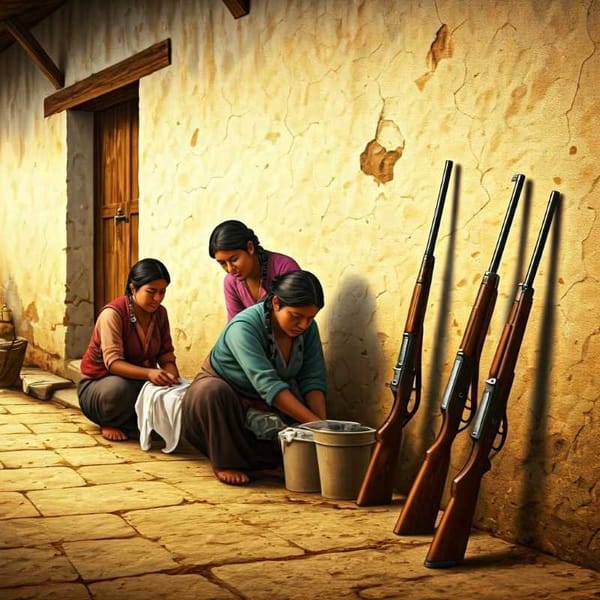How Ulises Carrión Became a Citizen of the World Through Art
Discover the life and work of Ulises Carrión, the most important conceptual artist Mexico has ever produced. Explore how he broke free from the constraints of nationality, founded the In-Out Center, and created Other Books And So.

Ulises Carrión, born in 1941 in San Andrés Tuxtla, Veracruz, was a visionary artist who refused to be limited by his passport. He lived in different countries, including France, Germany, England, and Holland, and became a leading figure in the international artistic avant-garde. In this article, we will explore the life and work of Ulises Carrión, a truly universal artist who left an indelible mark on the world of art.
Breaking Free from the Constraints
Ulises Carrión's statement, "Ulises did not want to be a hostage of his passport," reflects his desire to transcend the boundaries imposed by nationality. For him, art was a way of breaking free from the constraints of his passport and becoming a universal artist. He believed that all artists are countries in themselves, and their passport is just a fingerprint.
The In-Out Center
In 1975, Ulises Carrión co-founded the In-Out Center, a space managed by independent artists in Amsterdam. The center provided a platform for artists to showcase their work and engage with the public. It also allowed Carrión to experiment with new forms of artistic expression, such as performance art, video art, and conceptual art.
In addition to the In-Out Center, Carrión founded the bookstore-gallery Other Books And So, which aimed to produce and distribute publications that he called "non-books, anti-books, pseudo-books, quasi-books, concrete books, visual books, conceptual books..."
These books were not conventional literary or art-related texts but could be considered works of art in themselves. Carrión saw books as objects that could be manipulated and transformed, and he explored their potential as a medium for artistic expression.
A Pioneer of Conceptual Art
Ulises Carrión is considered the most important conceptual artist Mexico has ever produced. He played a significant role in the development of the international conceptual art movement, which emerged in the 1960s and 1970s.
Conceptual art is an art form that places more emphasis on the idea or concept behind the artwork than on its physical form. It challenges traditional notions of art by blurring the boundaries between art and everyday life.
Carrión's work was characterized by its conceptual and experimental nature. He explored the limits of language and communication through various mediums, including books, performances, and videos. His work often addressed themes such as identity, language, and the relationship between the artist and the audience.
Legacy and Retrospective
Despite being relatively unknown in his home country of Mexico, Ulises Carrión's work has been widely studied and appreciated as a cult object in the world. In 2016, the largest retrospective of his work to date was organized, first exhibited at the Museo Nacional Centro de Arte Reina Sofía in Madrid and later at the Museo Jumex in Mexico. The retrospective showcased Carrión's diverse body of work, including his books, performances, videos, and installations.
Conclusion
Ulises Carrión was a visionary artist who challenged traditional notions of art and identity. He believed that all artists are countries in themselves and that their passport is just a fingerprint. His work continues to inspire and influence artists around the world, and his legacy as a pioneer of conceptual art remains unmatched.




